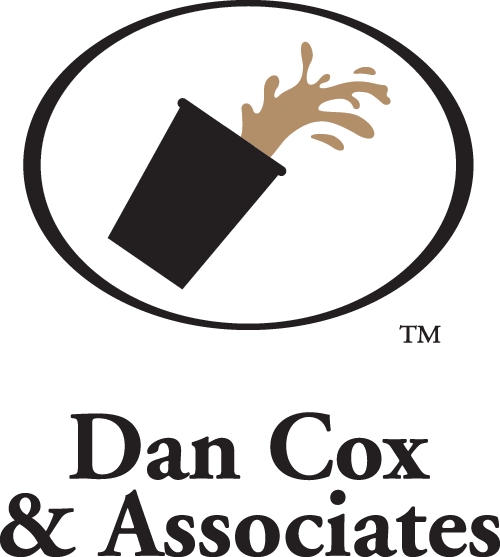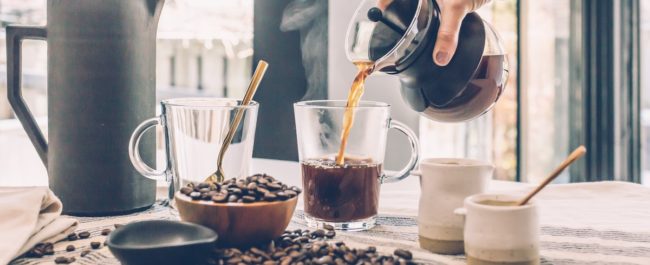When is Hot Coffee Too Hot? The Ideal Coffee Temperature May Surprise You
Most coffee spill and burn litigation complaints center around the temperature of the beverage as a product defect. Plaintiffs often claim that the coffee temperature, along with tea, hot cocoa, and other beverages, was too hot. As consultants and expert witnesses in hot beverage lawsuits, we strive to convey how hot beverages are required to be brewed and served at temperatures that can be dangerously hot and may cause severe burns when spilled.
So what is the ideal temperature for brewing a cup of coffee?
First of all, it’s important to see brewing as a science. Temperature, beans, roast, brew time, and grind meld to extract just the right amount of the various compounds in coffee. The Kitchn has a great post on the importance of water temperature in this alchemy. Minor changes in temperature can have a drastic impact on flavor.
As coffee has evolved, brewing methods have changed and temperatures along with them.
Coffee temperature over time
Brewing technology has evolved over the last sixty years with the emergence of electric brewing equipment and the advent of filter drip coffee makers, large capacity urns, and percolator brewers. Espresso machines—once only found in European cafes—have become commonplace in all foodservice operations and at home for devoted consumers.
The coffee percolator was once the most popular method of brewing coffee at home. Percolators work on the principle of bringing water to a boiling temperature, 212°F (100°C) at sea level, and circulating the coffee infused hot water over the coffee grounds continuously for a brew cycle of around 8-10 minutes, depending on the size of the brewer.
As the science of brewing good-tasting coffee advanced, careful research of flavor results determined that water at boiling temperature over extracted many of the undesirable compounds found in coffee—producing astringent, bitter, often insipid coffee. At lower temperatures these compounds were left in the coffee grounds and under extracted into the brewed coffee beverage.
It was concluded that boiling water was too hot, and the desired brew temperature range for a palate-pleasing cup of coffee was identified as between 195°–205° F.
As a side note, the studies also determined that contact between water and coffee should not be recycled and the brew cycle time was shortened. Soon after, the automatic drip coffeemaker introduced by Mr. Coffee in 1972 became the preferred method of brewing coffee at home. Automatic drip coffee brewers are still the most popular method for making coffee in the US today. Filter drip brewing remains more popular than manual pour over brewers, such as Melitta and Chemex types, and even single cup K-cup style brewers.
Tea and Hot Chocolate
Tea and hot chocolate have their own preparation parameters for steeping, infusing, and dissolving. Without going into the science here, we can share that:
- Ideal temperatures for steeping tea lie between 160°–210°F, depending on the type of tea
- Hot chocolate is generally mixed between 165°–205° F
Good coffee is good business
Thankfully science has given us recipes for brewing great coffee! With this information, restaurants and food service establishments are upping their coffee game in order to attract business. Because brewing the best cup of coffee requires dangerously hot temperatures, it’s critical to use best practices for hot beverage safety.
One final—very important—point: hot beverages are meant to be consumed hot. While ideal serving and drinking temperatures will be lower than brewing temperatures, they are still in a range that can scald if spilled. Consumers are intended to take small exploratory sips to sample the flavor and determine when the temperature is just right for their consuming preference.

